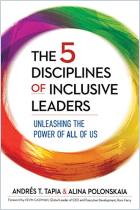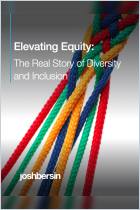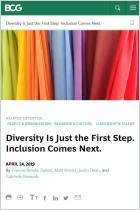The New York Times is among the world’s most venerable news institutions, but like many institutions, it faced the need to change its corporate culture to reflect new priorities and transformations in popular culture. In this report, the NYT’s senior leaders reflect on feedback from underrepresented employees – people of color – and report on how they set out to build a new internal framework committed to diversity, equity and inclusion (DEI). By implementing more stringent standards, more expansive hiring practices and better coordination with employee resource groups, the paper of record intends to make its culture more fair, resilient and relevant.
The New York Times identified how its diversity strategies needed to improve, particularly to be more inclusive of people of color.
The venerable New York Times newspaper has a 170-year history of representing the best in American journalism. Its standards remain high. Its capacity to recognize when it needs to change adds to its prestige. While the NYT demonstrates some of the best practices in diversity hiring, upon examination, its leaders found they have more work to do. Indeed, they cannot tweak the model; the leaders of the Times reports their findings that it must transform its culture, and make its biggest ever investment in its masthead’s future.
Senior Times leaders Amber Guild, Carolyn Ryan and Anand Venkatesan conducted interviews and analyses and drew a stark conclusion: the company's existing culture doesn’t provide the support and opportunities Black and Latino employees should have to thrive and to compete for leadership positions. In this 22-page, 2021 report, this team lays out the company’s action plan for improving diversity, equity and inclusion ...
A Call to Action: Building a Culture That Works for All of Us was prepared by a team led by Amber Guild, president of The New York Times’ T Brand; Carolyn Ryan, a deputy managing editor; and Anand Venkatesan, a senior vice president. It was commissioned in June 2020, as the US experienced nationwide protests against racism.





















Comment on this summary or Démarrer une discussion